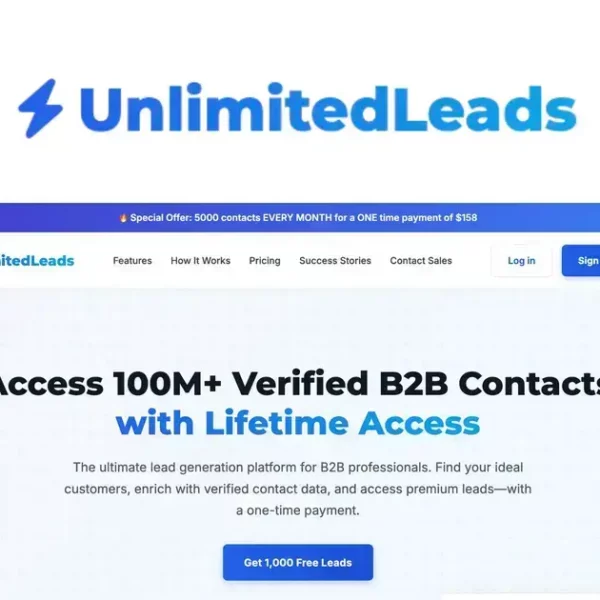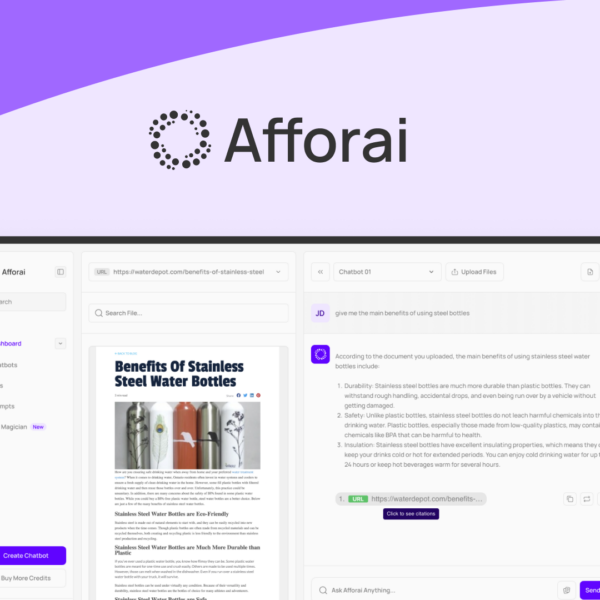In the ever-growing world of SaaS products, finding the right lifetime deals can be overwhelming. But don’t worry! We’ve got essential tips to help you navigate and choose wisely.
Research the Developer and Company
When looking for a lifetime deal, it’s crucial to research the developer and their company. This step can save you from future headaches.
Check Their Background
Start by visiting their website. Look for their history and mission. What have they accomplished so far? This tells you a lot about their reliability.
Read Reviews and Testimonials
Look for feedback from other users. Reviews can give you valuable insights into the product’s performance and customer support. Social media is a great place to find these.
Assess Their Experience
Experience counts. How long have they been in the business? A well-established company is often more trustworthy. They’ve likely worked out kinks that newer companies are still facing.
Examine Their Support Options
What kind of support does the company offer? Reliable support is essential, especially if you run into problems. See if they provide live chat, email, or phone support.
Explore Their Product Range
A variety of products can indicate that a company is experienced and adaptable. Check if they offer updates and new features regularly, showing their commitment to improvement.
Evaluate Recent Feature Releases

When choosing a lifetime deal, it’s important to evaluate recent feature releases. New features can greatly affect product value.
Look for Updates
Check the company’s website for their latest updates. Frequent updates show they are dedicated to improving the product.
Read Change Logs
Most software companies provide change logs. These documents list new features and fixes. They help you understand what has changed and why.
Assess User Feedback
User feedback on new features is helpful. See what others say about the updates. Are they positive or negative? This can give you a clue about the product’s effectiveness.
Consider Feature Usability
New features should be user-friendly. If they’re hard to use, they may not add real value. Test out any new tools offered during your trial period.
Check Compatibility
Ensure that recent updates work well with your current tools. Sometimes new features may not integrate easily with other software you use. Compatibility matters!
Review the Product Roadmap
Reviewing the product roadmap is key when choosing a lifetime deal. This roadmap shows what to expect in the future.
Understand the Vision
A product roadmap outlines the company’s goals. It reveals where the product is headed and what improvements are planned.
Check Upcoming Features
Look for new features that are listed. Are they relevant to your needs? Knowing what’s coming helps you decide if the product is a good fit.
Timeline for Updates
Timelines in the roadmap indicate when features will be released. You can gauge how quickly the company rolls out changes. Fast updates often mean they care about their product.
Evaluate Priorities
Look at how the company prioritizes updates. Are they focusing on user needs? This tells you how much they value customer feedback.
Stability and Longevity
A clear and realistic roadmap can signal long-term stability. Companies with solid plans often have a better chance of staying in business and supporting their products.
Connect with Customer Support

Connecting with customer support is crucial when considering a lifetime deal. Good support can make a big difference.
Test Response Times
Try reaching out to support before you buy. See how quickly they respond. Fast replies show they’re serious about helping customers.
Check Available Channels
Find out how you can contact them. Good companies offer multiple ways to get in touch, like chat, email, and phone.
Assess Knowledge and Attitude
When you connect with support, ask questions. Pay attention to their knowledge and friendliness. They should be eager to assist you.
Look for FAQs and Support Resources
A strong support system includes a library of resources. Check if they have FAQs, tutorials, or guides. These can help you troubleshoot on your own.
Read Reviews on Customer Support
User reviews often mention customer support quality. Look for comments about experiences with getting help. This can give you a better idea of what to expect.
Assess if the Product Meets Your Needs
When choosing a lifetime deal, it’s vital to assess if the product meets your needs. This step can save you time and money.
Identify Your Requirements
Start by listing what you need the product to do. Clear goals help you find the right fit. Be specific about the features you want.
Try the Product
If possible, use a trial version. Testing the product firsthand is the best way to see if it works for you. Take note of how well it meets your needs.
Evaluate Performance
Consider how the product performs during your trial. Does it run smoothly? Are there any bugs or issues? Good performance is key to your satisfaction.
Check Compatibility
Make sure the product works well with your current tools. Compatibility issues can lead to frustration and inefficiency.
Seek Feedback from Team Members
If you’re part of a team, get their input. They might notice things you don’t. Team feedback ensures that the product works for everyone involved.




